‘This is the worst skills crisis in a generation’ as resources industry needs 15,000 new workers
The resources industry will need 15,000 new workers to staff scores of projects over the next two years, new modelling shows.
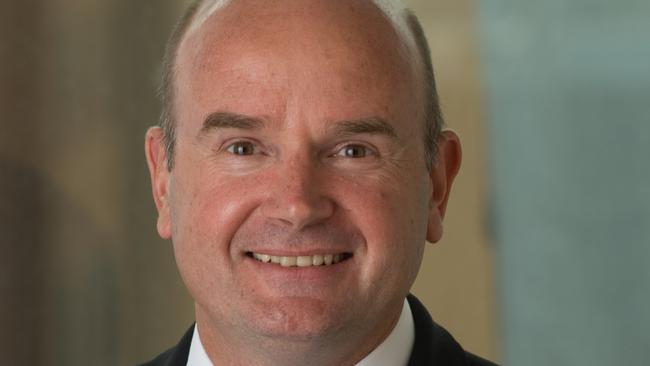
The resources industry will need 15,000 new workers to staff scores of projects over the next two years, new modelling shows, highlighting the challenges resulting from the “worst skills crisis in a generation”.
The modelling by the Australian Resources and Energy Employer Association came as Master Builders data found the construction industry currently required a further 40,000 workers and would need an extra 477,000 workers by 2026.
According to the OECD, Australia is experiencing the second most severe labour shortage in the developed world.
The AREEA modelling says the resources sector will need an extra 24,000 workers for an estimated 107 projects that will start over the next five years, while the 15,000 workers are required for 69 projects scheduled to kick off by the end of 2024.
AREEA chief executive Steve Knott said the industry was “battling through the worst skills crisis in a generation … This is threatening the continuity of existing operations and driving other issues including historic levels of staff turnover and spiralling sign-on and retention payments.”
Mr Knott said the data showed the primary focus of the government’s Job and Skills Summit in September should be devising solutions to the skills crisis.
“Resources employers do not have the skilled labour required to operate existing operations to full productivity, let alone plan for new operations to create thousands more vacancies.” he said.
Vacancies and staff turnover are at record highs.
“Competition for skilled labour has been extraordinary over the past two years. The industry is cannibalising itself over a limited pool of appropriately qualified people.”
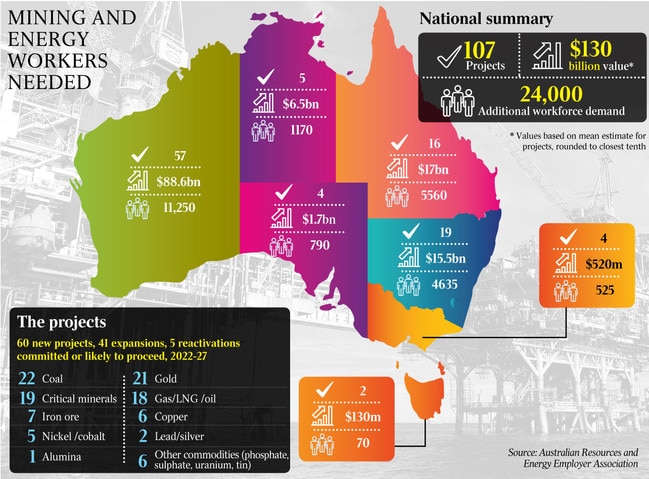
The Australian Constructors Association says the scarcity of qualified skilled construction workers is significant, with an estimated 105,000 extra workers required within the next year.
According to Master Builders Australia, the 40,000 worker shortfall in May was five times the Covid low point of 8300 in May 2020. “We forecast that we will need (an extra) 477,000 workers over the next four years to 2026 to meet forecast growth in demand and replace workers exiting the industry,” it says. The MBA called on the government to clear the visa backlog, streamline the visa application process and scrap the skilled priority list.
According to the latest Australian Chamber-Westpac survey of industrial trends, labour shortages intensified drastically in June, with 51.7 per cent of respondents indicating labour was “harder to find”. These were the tightest conditions in the history of the series, dating back to 1974.
National Australia Bank’s quarterly business survey released on Thursday found almost 90 per cent of firms reported availability of labour as a constraint on output.
It said expectations for future wage growth “ticked higher in the quarter, suggesting firms will increasingly bid up wages in a tight labour market”.
The share of employers expecting wage growth per employee of 3 to 5 per cent jumped from 18 to 32 per cent, and the share expecting increases of 5 per cent or more also rose.
Federal Minister for Skills and Training Brendan O’Connor said this week the government would “unclog” 60,000 visa applications lodged by skilled workers.
Mr Knott said several measures should be considered, from VET system reform, faster cross-jurisdictional recognition of skills, and reforms to skilled migration processes designed to open up occupational eligibility and cut visa processing times. “Skilled migration is an important piece to this puzzle. Our borders have been largely shut for the past two years to temporary skilled migrant workers, who have always played a small but very important role in Australia’s labour market.”


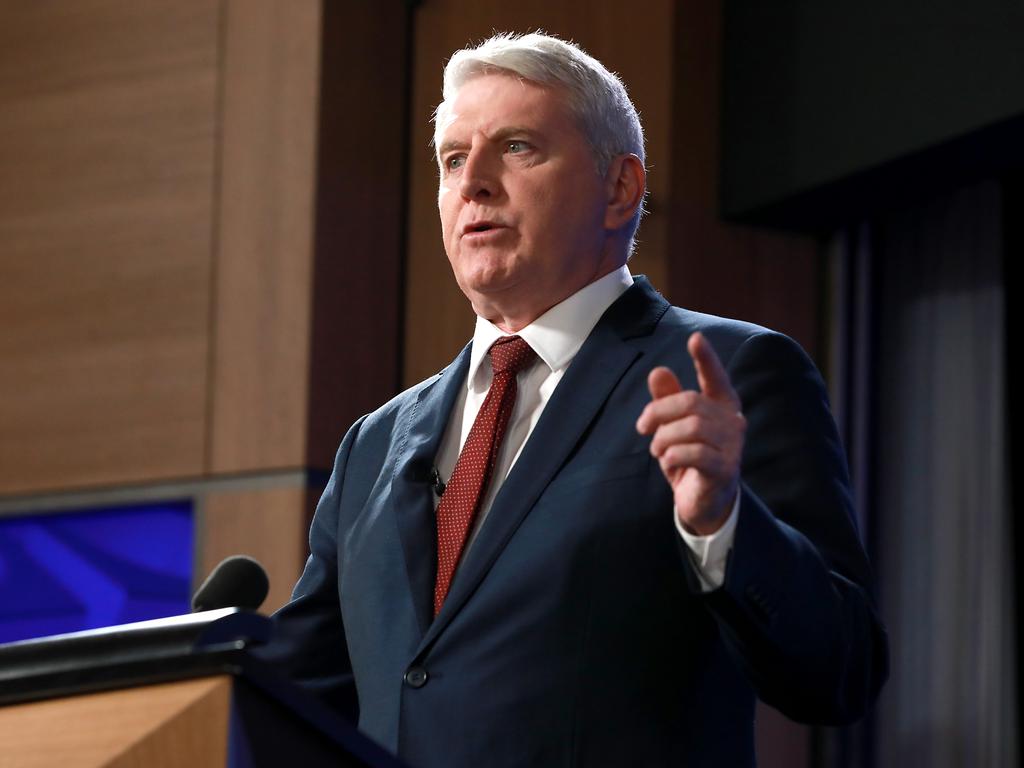
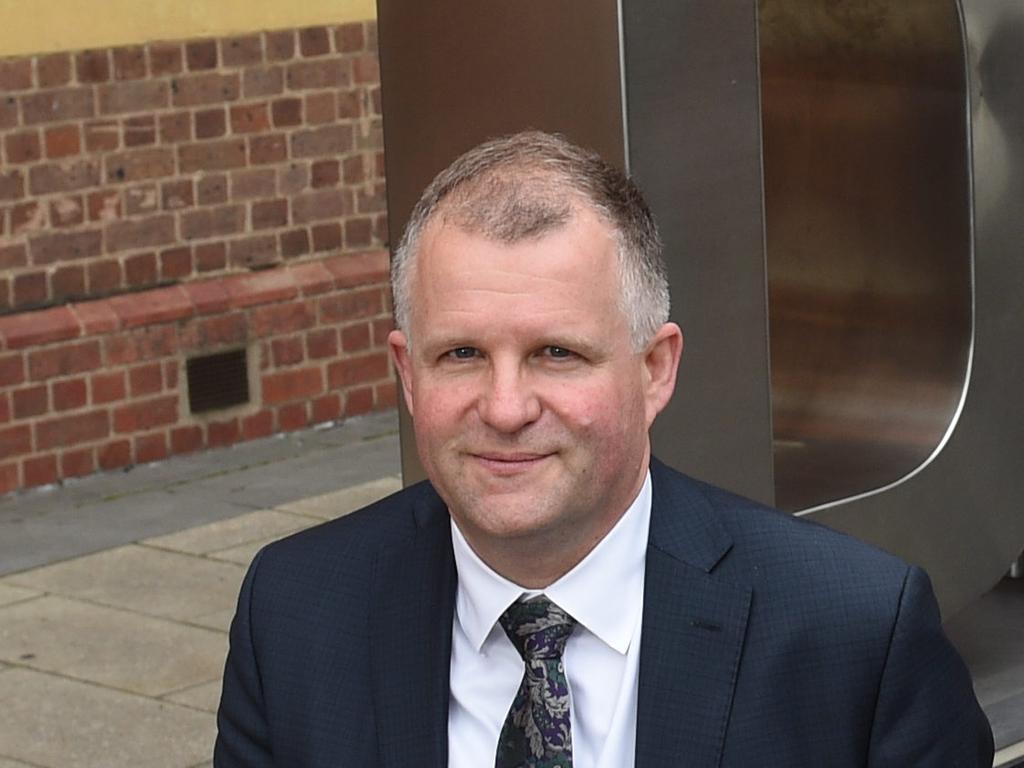



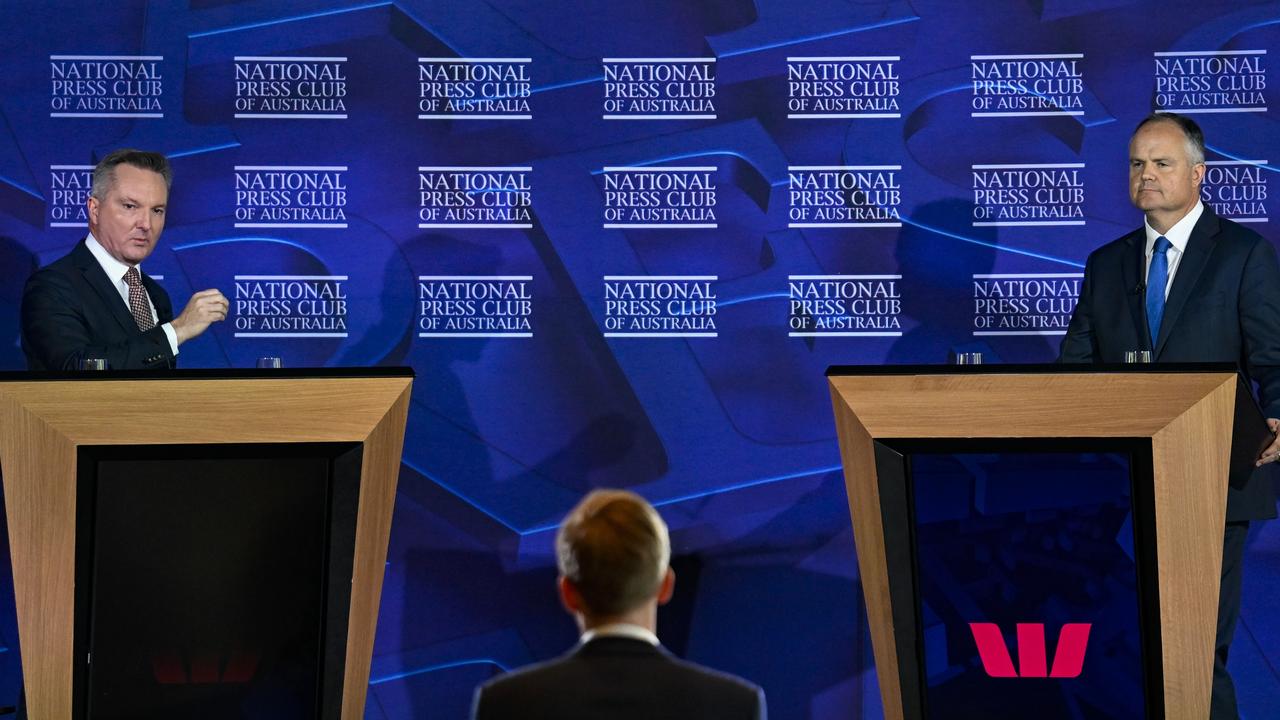
To join the conversation, please log in. Don't have an account? Register
Join the conversation, you are commenting as Logout